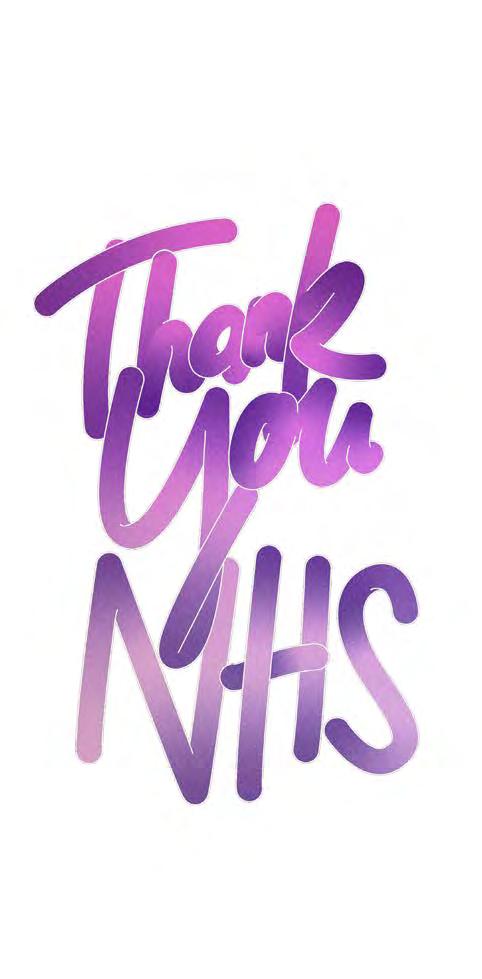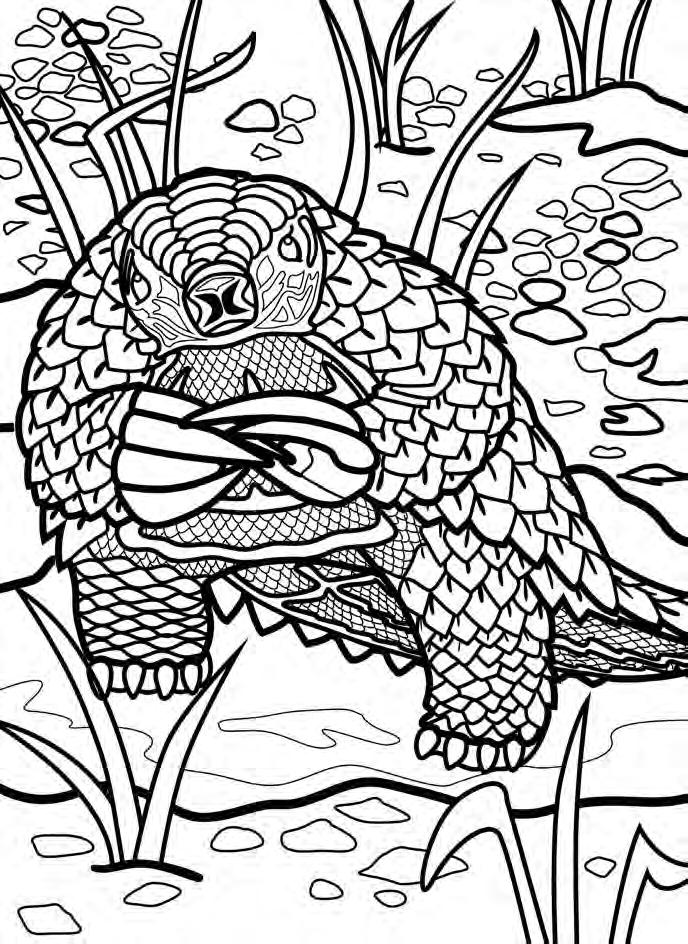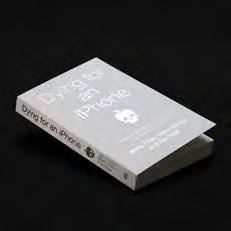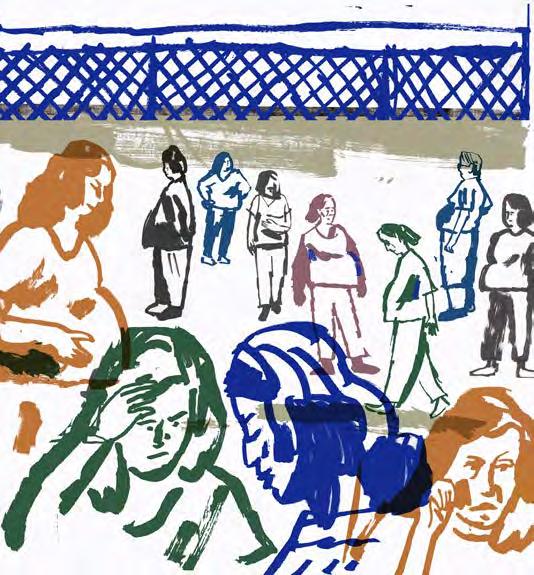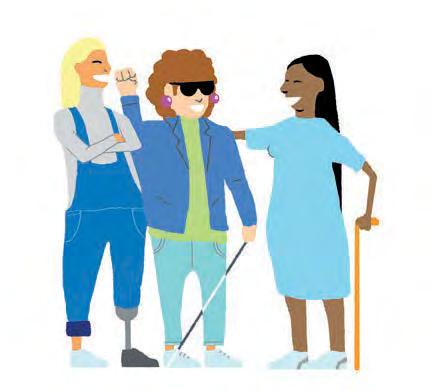
3 minute read
How to start a magazine group in prison
Illustration: PPaint
Off the Cuff is a magazine created by women at HMP Styal. Co-facilitator of the magazine’s editorial group, WIP’s Myah Jeffers, shares her top tips on how to successfully start your own magazine group in prison.
Advertisement
Over the last two years, a team of women have worked tirelessly to produce Off the Cuff, a magazine discussing the day-to-day realities of life in Styal. While the pandemic has caused delays in publishing the latest edition of the magazine, the editorial team have finally reunited to produce the fourth edition.
It’s important to understand the time, effort and teamwork involved in creating a successful magazine group. Here are some tips for anyone interested in starting their own.
Getting Started
Start by sharing the idea of a magazine with several departments in your prison to determine if people are interested. If there is enough of an appetite for it, advertise for the editorial roles by putting up posters across the prison. Make sure you have a diverse team with various skillsets, including writing, editing, proofreading and design. For a well-balanced team, a maximum of six women are required for the editorial group.
Discuss with the prison staff where you can hold weekly magazine group meetings. Once you have found a safe space, start to think about the magazine content and plan the first edition with the team. You might want to consider the following points:
- Audience. Think about your audience’s reading abilities to ensure the magazine is accessible to everyone in your community.
- Format. Explore different ways to engage your reader and present information about your community. This could include articles and opinion pieces, poems and illustrations or activities and exercises – don’t be afraid to experiment with different formats!
- Teamwork. Use the strengths of each team member; remember, some may be comfortable with written communications, others may have a flair for editing or designing.
- Mission statement. Work together to create a mission statement that incorporates your collective aims, ethics and values as a team – this is useful when approaching organisations or when difficult situations arise.
- Planning ahead. Discuss the future of the magazine: how long are you expecting to be publishing for? And how many editions will you produce in a year?
- Support. Think about your support network: which colleagues, staff members or volunteers can support you with the magazine?
Gathering materials and writing for the audience
The Off the Cuff team has built good relationships with a range of departments and organisations within the prison community. The education department is a particularly good place to start given their English literature, art and workshop expertise.
Expect to receive plenty of contributions from women in your community – they will be excited about the magazine and will want to have their voices heard! So don’t forget to provide a safe drop box location for women to submit their contributions, as well as a designated team member to regularly collect the submissions.

In previous editions, Off the Cuff’s editorial team have interviewed prison governors and Offender Management Unit (OMU) staff and written articles about their experience of the criminal justice system, along with information about prison services and facilities.
Remember, keep the articles reader-friendly and encourage women in your community to share their stories; but bear in mind that some women might need help with writing or sharing their stories. As an editorial team, it is your job to support women with writing, editing or proofreading.
Share! Share! Share!
Share the magazine with as many people as you can, from prison visitors to prison staff. Promoting the magazine will raise its profile, which could result in external organisations and professionals volunteering to contribute or help with its production.

